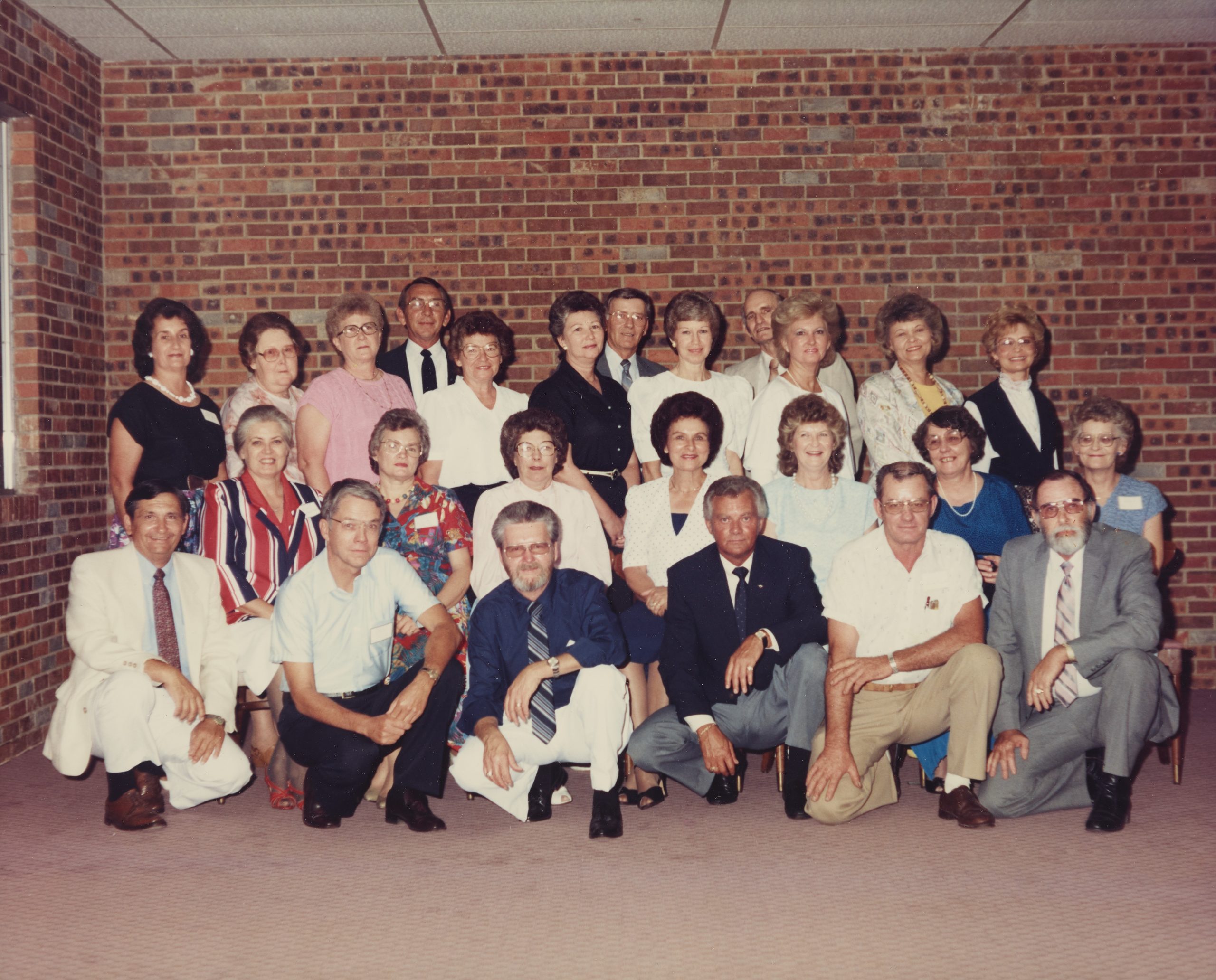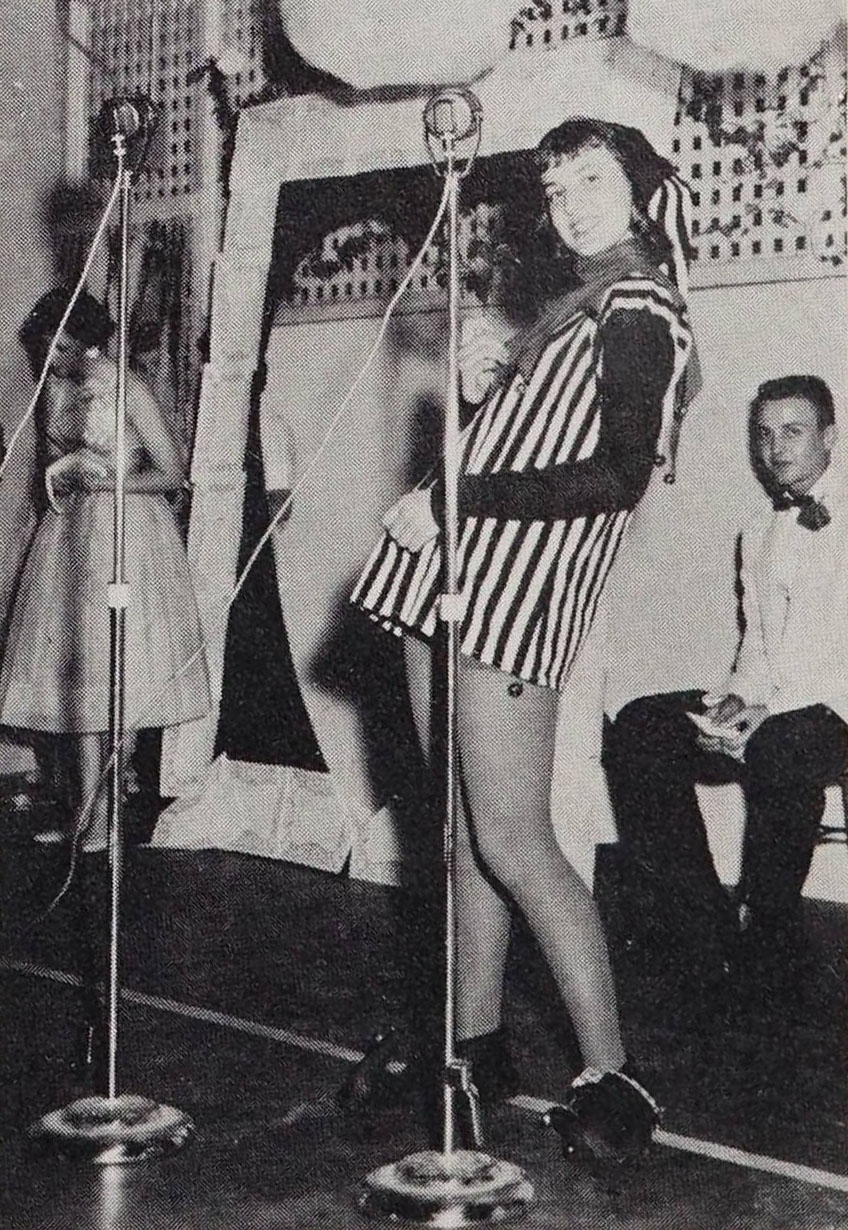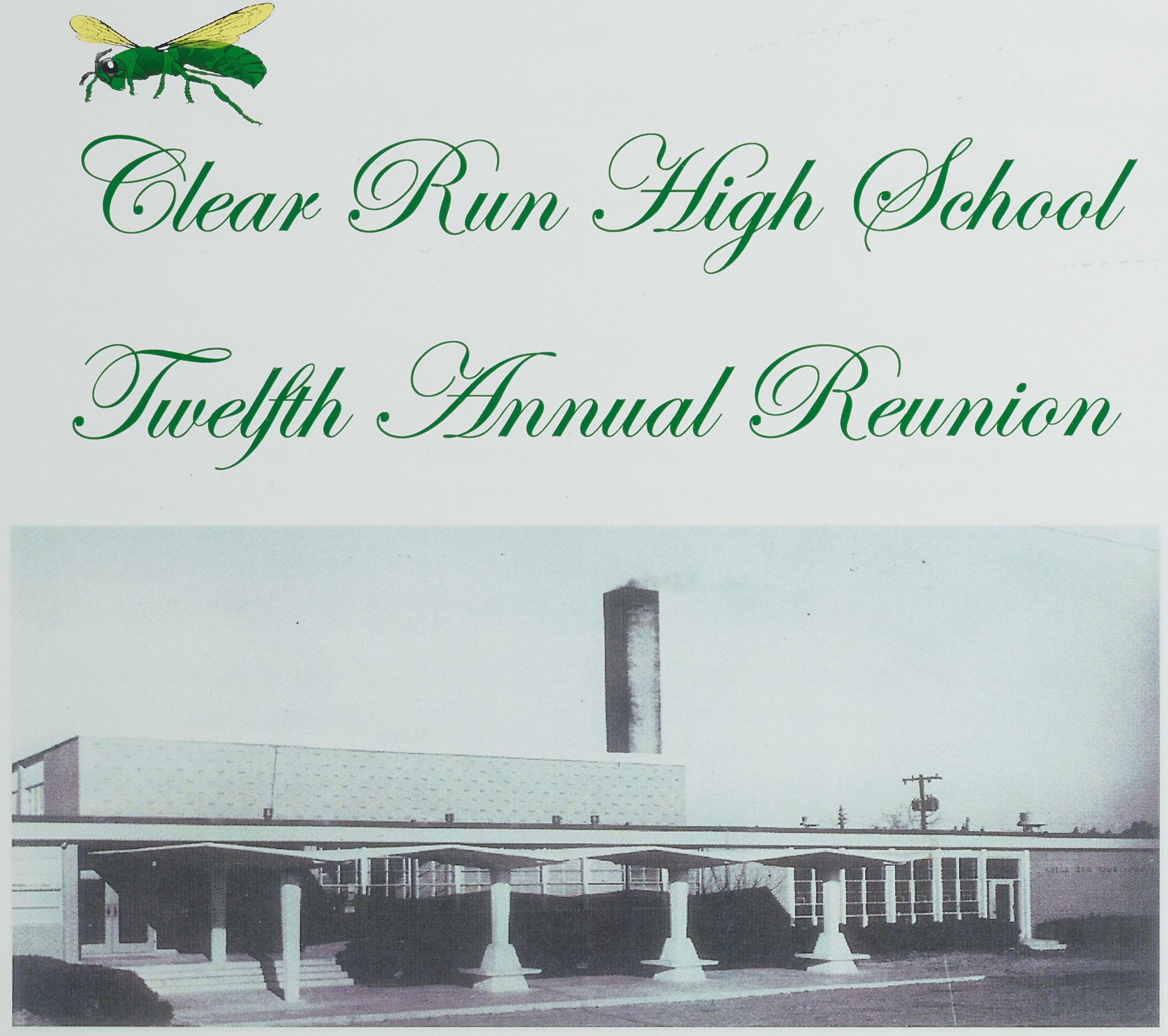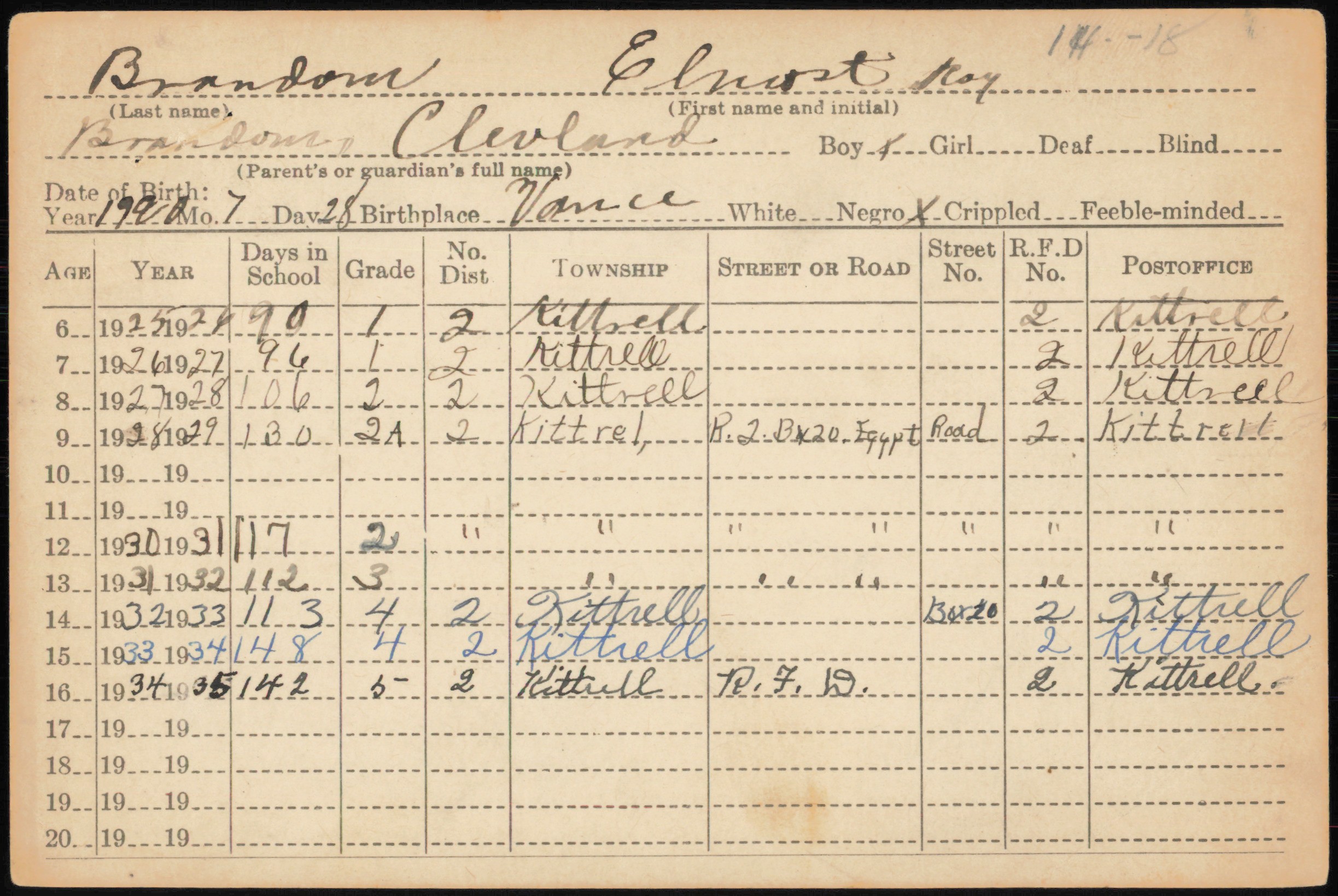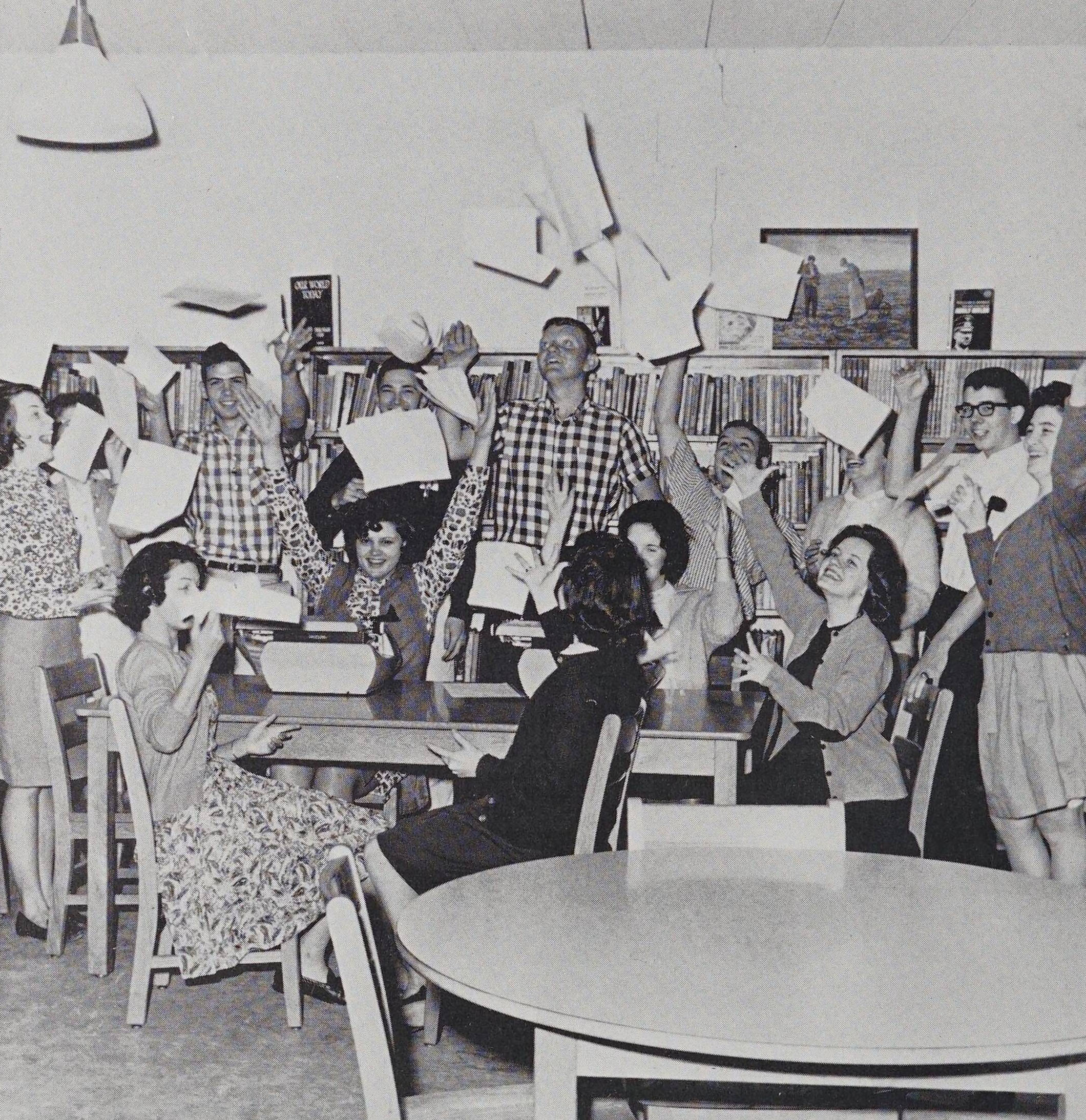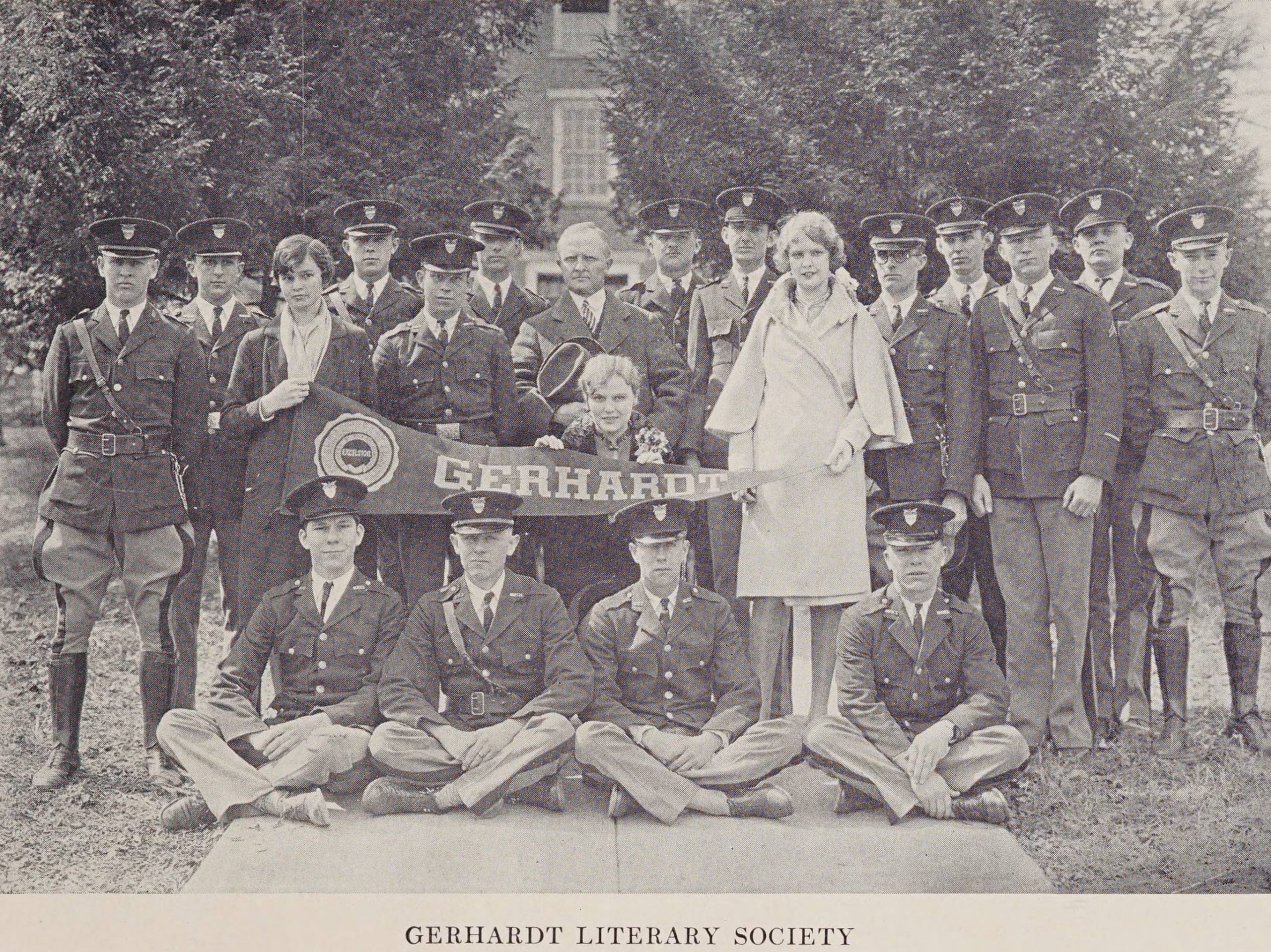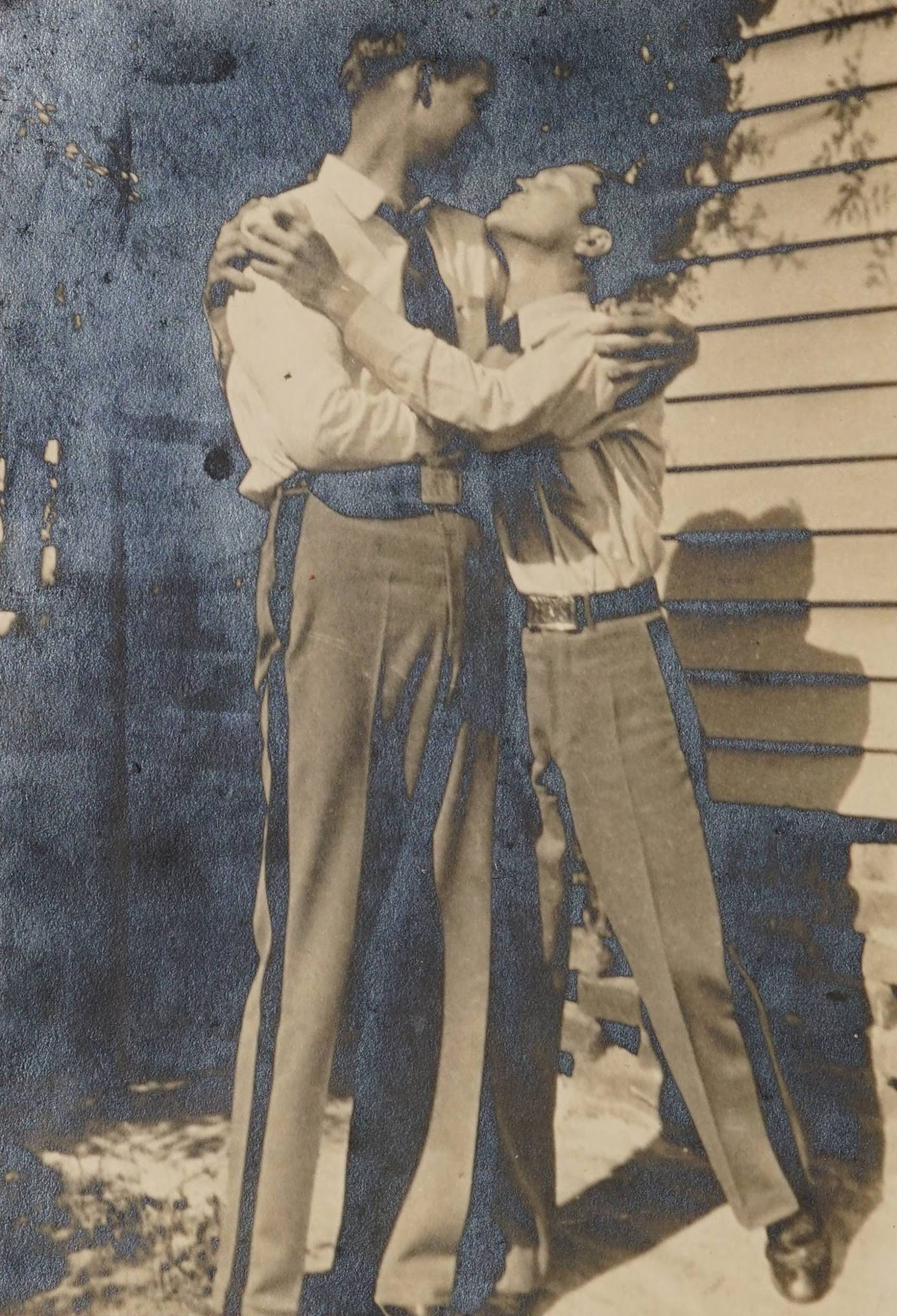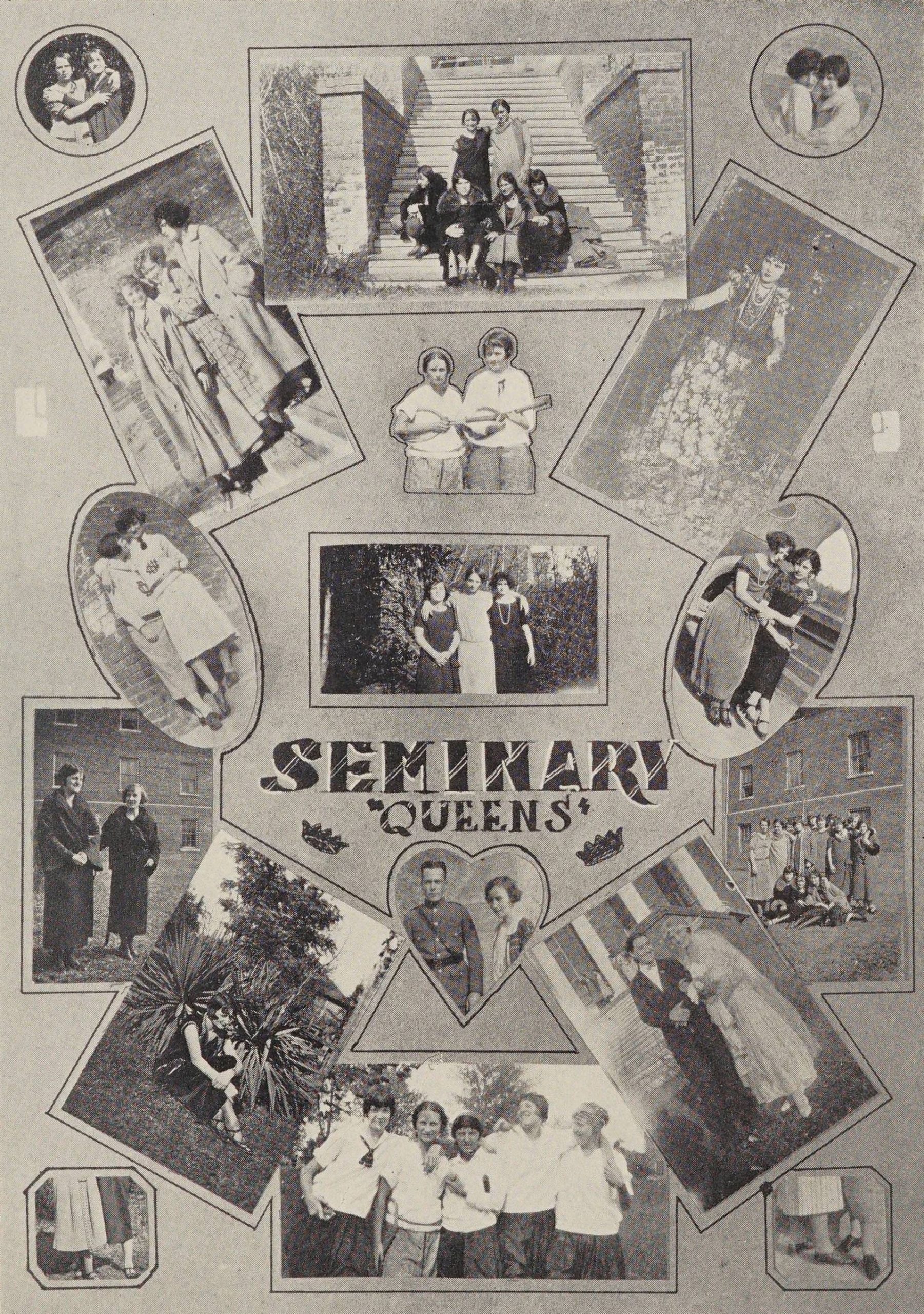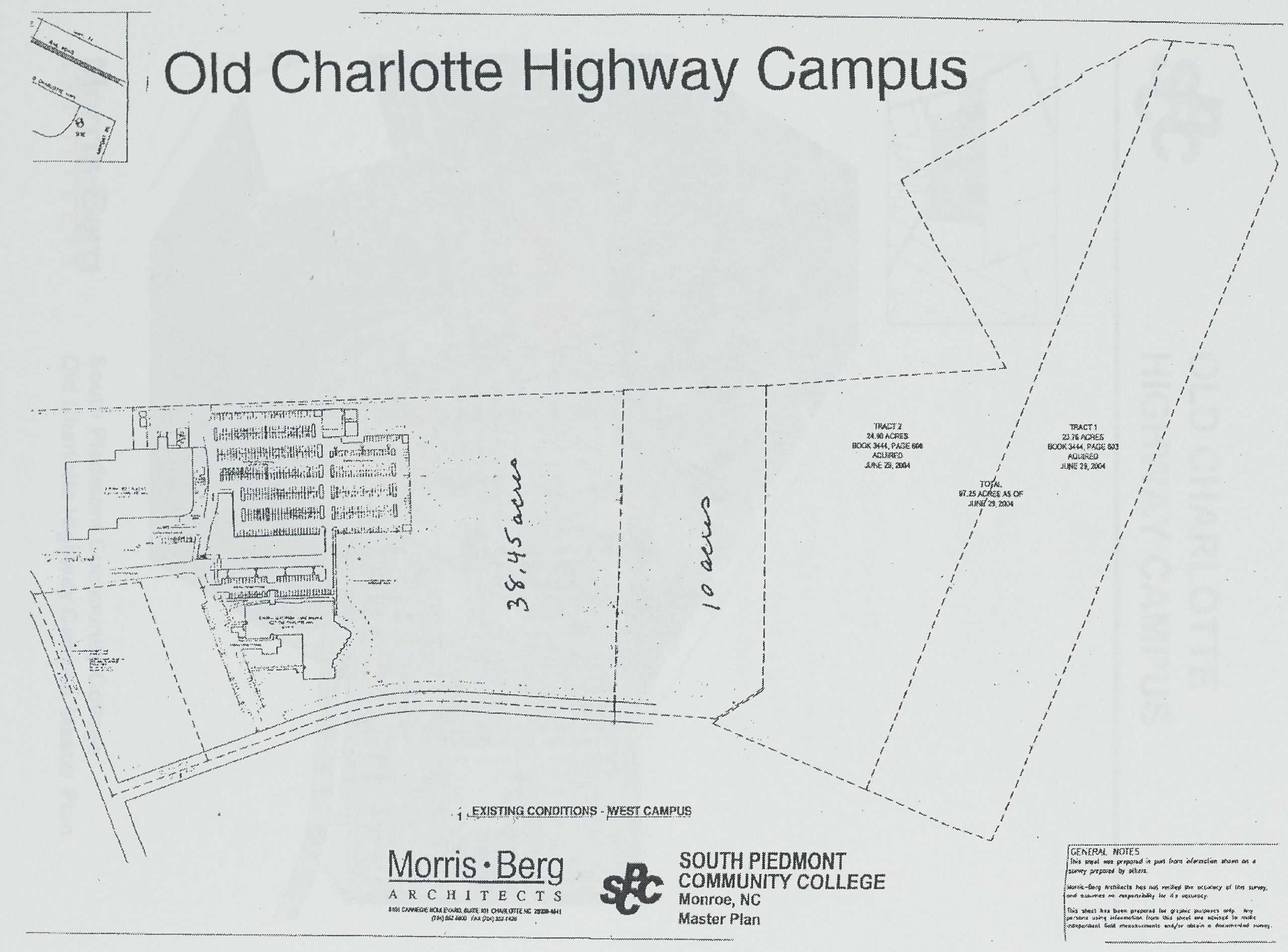
Another 32 newspaper titles are up on DigitalNC this week! Three of these titles are from North Carolina towns that either changed their names or just don’t exist anymore.
First, we have the North Carolina National from Company Shops, North Carolina. Company Shops was a community formed around the railroad car construction and maintenance industry in Alamance County, between Graham and Gibsonville. Due to growing anti-railroad sentiments, the community of Company Shops decided to appoint a committee to change the name of the town in 1887. This committee decided on the name ‘Burlington.’
Next up is Our Home from Beaver Dam, North Carolina. It’s hard to determine exactly where Beaver Dam would have been, but knowing that the paper is from Union County, it seems possible that it was located near Beaverdam Creek, just south of Wingate and Marshville, North Carolina.
Lastly, we have The Hokeville Express from what was once known as Hokeville, or ‘Lincoln Factory,’ North Carolina. It seems likely that the community was named after the affluent Hoke family of Lincolnton. Col. John Hoke was one of the owners of the profitable Lincoln Cotton Mills. Col. Hoke died in 1845 and passed ownership on to his son, also named John Hoke. The factory burned down in 1862, and the following year the Confederate Army began constructing a laboratory on the site to manufacture medicines, such as ether, chloroform, and opiates. Since then the community has gone by the name ‘Laboratory.’
Over the next year, we’ll be adding millions of newspaper images to DigitalNC. These images were originally digitized a number of years ago in a partnership with Newspapers.com. That project focused on scanning microfilmed papers published before 1923 held by the North Carolina Collection in Wilson Special Collections Library. While you can currently search all of those pre-1923 issues on Newspapers.com, over the next year we will also make them available in our newspaper database as well. This will allow you to search that content alongside the 2 million pages already on our site – all completely open access and free to use.
This week’s additions include:
- The Daily Standard (Concord, N.C.) – 1893-1895
- Daily Concord Standard (Concord, N.C.) – 1895-1902
- Southern Voice (Bethel, N.C.) – 1890
- Berea Gazette (Berea, N.C.) – 1877-1878
- North Carolina National (Company Shops, N.C.) – 1882
- The Alliance Weekly (Hillsborough, N.C.) – 1896
- Hillsborough Plaindealer (Hillsborough, N.C.) – 1861
- North Carolina Democrat (Hillsborough, N.C.) – 1849-1850
- The Naked Truth (High Point, N.C.) – 1896
- Farm and Fireside (High Point, N.C.) – 1883
- High Point Reporter (High Point, N.C.) – 1860
- Our Home (Beaver Dam, N.C.) – 1893
- The Progressive Reformer (Kings Mountain, N.C.) – 1896
- The Ashe Reporter (Jefferson, N.C.) – 1892
- The Southern Home (Kernersville, N.C.) – 1887
- The Hokeville Express (Hokeville, N.C.) – 1855
- Gazette (Kinston, N.C.) – 1873
- The Mountaineer (Morganton, N.C.) – 1883
- The Carolina Mountaineer (Morganton, N.C.) – 1883-1884
- The Anglo-Saxon (Rockingham, N.C.) – 1902-1908
- The Ansonian (Polkton, N.C.) – 1874-1876
- Jonesville Enterprise (Jonesville, N.C.) – 1858
- The Rubicon (Yanceyville, N.C.) – 1840
- The Concord Daily Tribune (Concord, N.C.) – 1910-1918
- The Burlington News (Burlington, N.C.) – 1900
- New Berne Weekly Journal (New Bern, N.C.) – 1908-1910
- The Anson Times (Wadesboro, N.C.) – 1881-1886
- The Moore County News (Carthage, N.C.) – 1920-1922
- The Canton Enterprise (Canton, N.C.) – 1920-1942
- The Chatham Record (Pittsboro, N.C.) – 1904-1922
- The Times (Concord, N.C.) – 1885-1894
- The Concord Times (Concord, N.C.) – 1894-1922
If you want to see all of the newspapers we have available on DigitalNC, you can find them here. Thanks to UNC-Chapel Hill Libraries for permission to and support for adding all of this content as well as the content to come. We also thank the North Caroliniana Society for providing funding to support staff working on this project.
